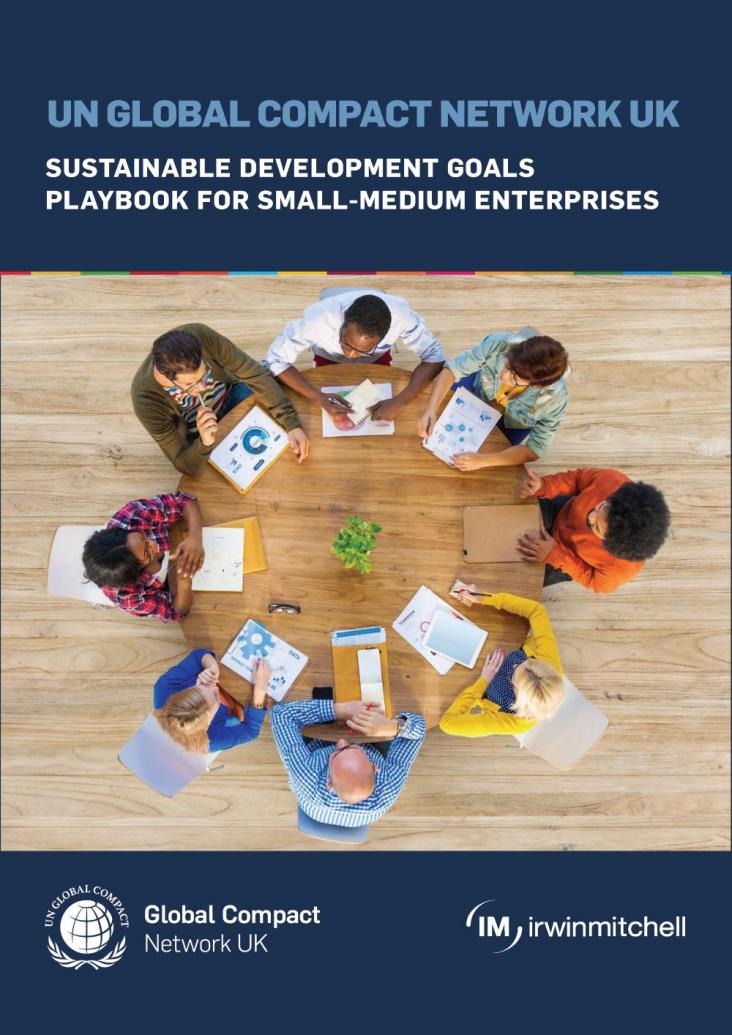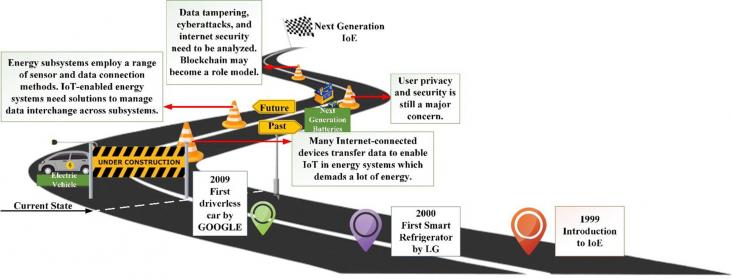Regular physical activity across the lifespan to build resilience against rising global temperatures
eBioMedicine, Volume 96, October 2023
This Personal View supports SDGs 3 and 13 by calling for more research into the contribution that physical activity can have in adapting to rising global temperatures and, more broadly, to climate change.
The paper presented a comprehensive analysis of the research/publications landscape on the application of Machine Learning in Climate Change Research based on data.
This study focused on the HJRB, the location of the world's largest inter-basin water transfer project, as the study area.
The annual UN Climate Change Conference advances climate talks, mobilizes action, and can provide a significant opportunity to look at the impacts of climate change as well as innovation and solutions globally. Elsevier is pleased to highlight a large number of freely accessible journal articles and book chapters to help advance research and action against climate change, in support of COP28.

The UN Global Compact Network UK, in partnership with Irwin Mitchell, has developed the SDG Playbook for SMEs: a step-by-step guide to help smaller companies unlock the competitive advantages associated with embracing the Sustainable Development Goals.
This article ties with climate action and reproductive medicine, as it is a reflexion on healthcare carbon footprint especially the IVF laboratories.
This paper provides the most recent and accurate quantitative and qualitative assessment of available water resources and demands in the GCC countries.
This article supports SDGs 7 and 13 by comparing the economy and carbon emissions of electrochemical energy storage (EES) and hydrogen energy storage (HES) in renewable energy storage, and it was found that lithium-ion batteries and certain HES routes perform best in LCOS and carbon emissions, supporting their use to achieve future decarbonization goals.

This article supports SDGs 9 and 11 by exploring the technological aspects of the Internet of Things, emphasizing blueprints, complexity, challenges, and future directions to improve performance, network security, and stability.
This Article supports SDGs 3 and 13 by providing assessments and knowledge gaps along Ghana’s coast on the aspects of SLR, subsidence and coastal vulnerability.
